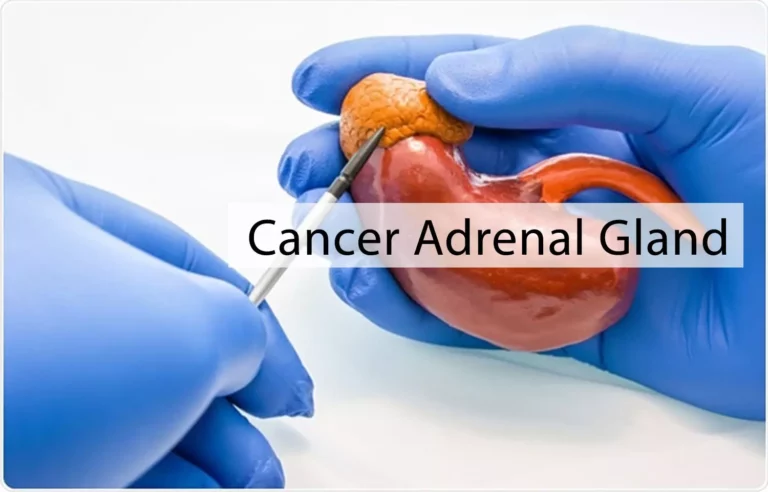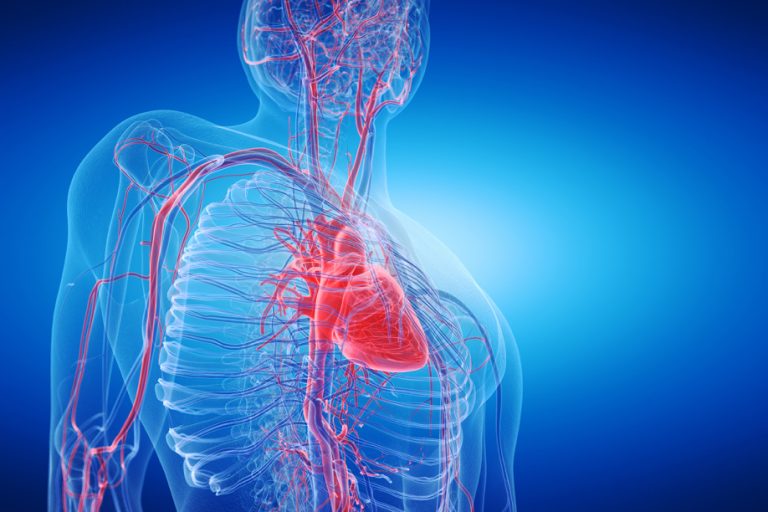Adrenal Gland: Understanding Mechanisms
Author: Alvin
Alvin
Category: Health

Adrenal Glands Hormones
The adrenal gland in your body are responsible for releasing specific hormones directly into the bloodstream. Numerous hormones are involved in the body’s response to stress, and several require survival. The adrenal glands, specifically the adrenal cortex and medulla, have different and distinct activities.
Adrenal cortex divide into zones, each of which secretes a particular hormone.
The adrenal cortex produces several important hormones, including:
Cortisol
Cortisol is a glucocorticoid hormone generated by the zona fasciculata. It is involved in a variety of physiological processes throughout the body. It aids in the regulation of the body’s fat, protein, and carbohydrate use; suppresses inflammation; regulates blood pressure; elevates blood sugar; and inhibits bone formation.
Additionally, this hormone regulates the sleep/wake cycle. It is released at times of stress to provide your body with an energy boost and deal with an emergency more effectively.
How the Adrenal Gland Produces Cortisol
The adrenal glands create hormones in response to signals from the pituitary gland in the brain, which responds to signals from the brain’s hypothalamus. The hypothalamus pituitary adrenal axis refers to as this.
As an illustration, the following occurs when the adrenal gland produces cortisol:
The hypothalamus produces a corticotropin-releasing hormone (CRH) stimulates the pituitary gland to secrete adrenocorticotropin hormone (ACTH).
Following that, ACTH stimulates the adrenal glands to produce and release cortisol into the bloodstream.
Normally, both the hypothalamus and pituitary gland are capable of sensing if the blood has an adequate amount of cortisol. When cortisol levels are too high or too low, these glands alter the amount of CRH and ACTH secreted. This refers to as a feedback loop in the negative direction.
Cortisol production might be excessive due to nodules in the adrenal gland or excessive ACTH synthesis due to a tumor in the pituitary gland or from another source.
Aldosterone
This mineralocorticoid hormone generated by the zona glomerulosa is critical for blood pressure and electrolyte regulation (sodium and potassium). Aldosterone communicates with the kidneys, causing them to absorb more sodium into the bloodstream and excrete potassium into the urine. This means that aldosterone also contributes to blood pH regulation by regulating the electrolyte levels in the blood.
Androgenic Steroids and DHEA
The zona reticularis produces weak male hormones. They are precursor hormones converted into female hormones (estrogens) in the ovaries and males in the testes (androgens). Estrogens and androgens, on the other hand, are produced in much greater quantities by the ovaries and testes.
Norepinephrine (Adrenaline) and Epinephrine (Adrenaline) (Noradrenaline)
The adrenal medulla, the inner portion of the adrenal gland, regulates hormones associated with the flight or fight response. The adrenal medulla’s primary hormones are epinephrine (adrenaline) and norepinephrine (noradrenaline), which have similar functions.
These hormones can increase the heart rate and force of heart contractions, increase blood flow to the muscles and brain, relax smooth muscle in the airways, and assist in glucose (sugar) metabolism, among other functions. Additionally, they regulate blood vessel constriction (vasoconstriction), assisting in maintaining blood pressure and increasing it in response to stress.
Epinephrine and norepinephrine, like several other hormones produced by the adrenal glands, are frequently activated in physically and emotionally stressful situations when your body requires additional resources and energy to withstand unusual strain.

Disorders of the Adrenal Gland
Adrenal glands commonly cause health problems by producing insufficient or excessive amounts of certain hormones, resulting in hormonal imbalances. These abnormalities in adrenal function causes by a variety of adrenal or pituitary gland diseases.
Insufficiency of the Adrenals
Adrenal insufficiency is a very uncommon condition. It is the polar opposite of Cushing syndrome, characterized by low adrenal hormone levels. Weight loss, decreased appetite, nausea and vomiting, exhaustion, skin darkening (only in primary adrenal insufficiency), and stomach pain are symptoms.
Primary adrenal insufficiency is a condition that causes by autoimmune illnesses, fungal and other infections, cancer (infrequently), and genetic reasons.
While adrenal insufficiency often develops over time, it can manifest as acute adrenal failure (adrenal crisis). While the symptoms are similar, the complications are more severe, including life-threatening shock, seizures, and coma. These complications may occur if the problem is left untreated.
Adrenal Hyperplasia Congenital
Additionally, adrenal insufficiency causes by a genetic condition known as congenital adrenal hyperplasia. Children born with this condition lack an important enzyme required to produce cortisol, aldosterone, or both. Simultaneously, they frequently have an excess of androgen, resulting in male traits in females and early puberty in males.
Depending on the degree of the enzyme deficiency, congenital adrenal hyperplasia can go untreated for years. Infants may experience ambiguous genitalia, dehydration, vomiting, and failure to thrive in more severe cases.
Adrenal Gland Hyperactivity
Adrenal glands occasionally form nodules that produce excessive amounts of particular hormones. Nodules 4 centimeters in diameter or bigger and nodules that exhibit particular imaging characteristics raise concern for malignancy. Both benign and malignant nodules may produce an abnormal amount of particular hormones, a condition known as a functional nodule. It advice that functional tumors, malignant tumors, or nodules larger than 4 centimeters submit for surgical assessment.
Cortisol Excess: Cushing Syndrome
Cushing syndrome causes by an abnormally high level of cortisol produced by the adrenal glands. Weight gain and fatty deposits in specific areas of the body, such as the face, below the back of the neck, and in the abdomen; thinning arms and legs; purple stretch marks on the abdomen; facial hair; fatigue; muscle weakness; easily bruised skin; high blood pressure; diabetes; and other health problems.
Excess cortisol production can also triggers by an abnormally high ACTH produced by a benign tumor in the pituitary gland or another location in the body. This condition refers to as Cushing Disease. Another frequent cause of Cushing syndrome extend and excessive use of exogenous steroids such as prednisone or dexamethasone, which uses to treat a variety of autoimmune or inflammatory illnesses (e.g., lupus, rheumatoid arthritis, asthma, inflammatory bowel disease, multiple sclerosis, etc.)
Aldosterone Excess: Hyperaldosteronism
Hyperaldosteronism occurs when one or both adrenal glands produce excessive amounts of aldosterone. This define by an elevation in blood pressure that frequently necessitates the use of many drugs to regulate. Certain individuals may develop low potassium levels in their blood, resulting in muscle aches, weakness, and spasms. When adrenal hypersecretion is the cause, the disease refer to as Conn syndrome.
Adrenaline or Noradrenaline Excess: Pheochromocytoma
Pheochromocytoma is a tumor that causes the adrenal medulla to produce excessive adrenaline or noradrenaline in bursts. Occasionally, neural crest tissue, which is comparable to the adrenal medulla, may be why these hormones produces excessively. This refers to as a paraganglioma.
Pheochromocytomas can result in chronic or sporadic hypertension that is difficult to control with standard medications. Additionally, headaches, sweating, tremors, anxiety, and a rapid heartbeat may occur. Certain individuals are predisposed genetically to develop this type of tumor.
Cancer of the Adrenal Gland
Adrenal cancers, such as adrenocortical carcinoma, are uncommon and may have spread to other organs and tissues when they identify. These tumors tend to grow rather large and can reach a diameter of several inches.
Adrenal cancers can be functional, releasing an excess of one or more hormones and causing the symptoms as mentioned above. Additionally, patients may report abdominal pain, flank pain, or a sense of abdominal fullness, particularly if the adrenal tumor grows to a big size.
Not all tumors discovered in the adrenal glands are malignancies of the gland. The majority of adrenal cancers are metastases from another primary tumor elsewhere in the body.













